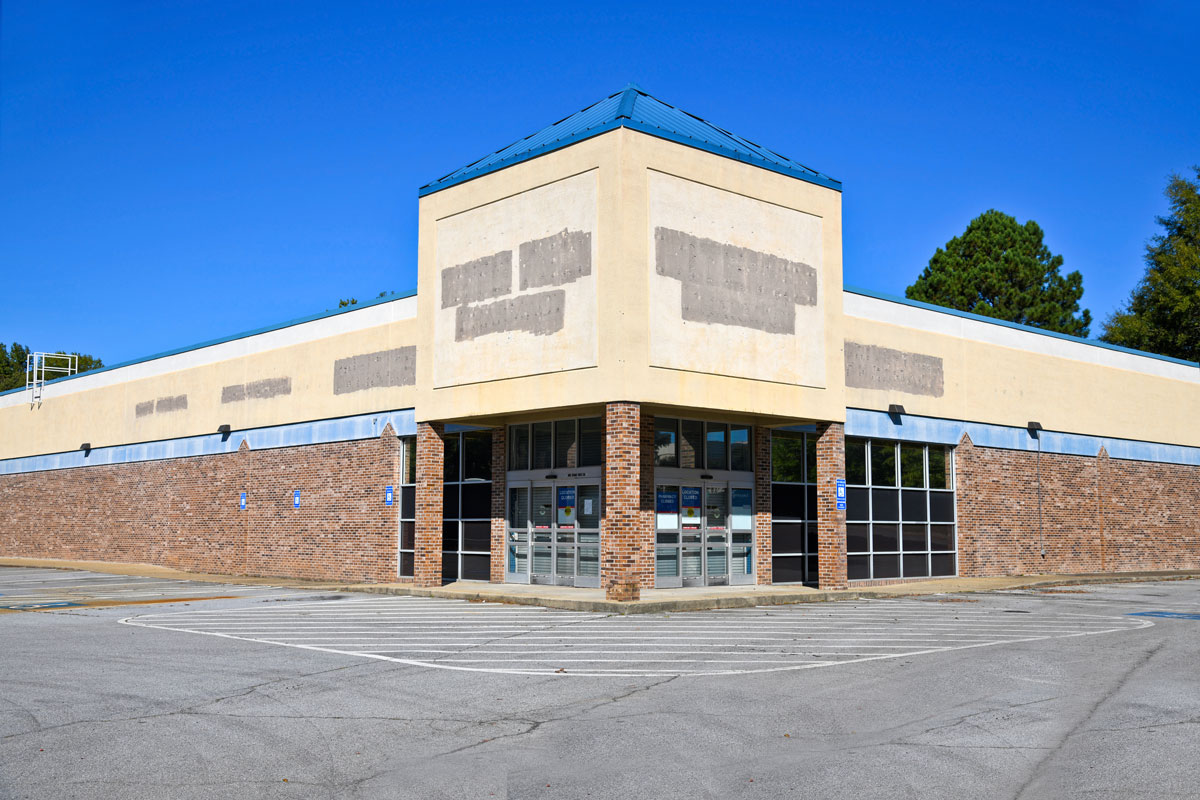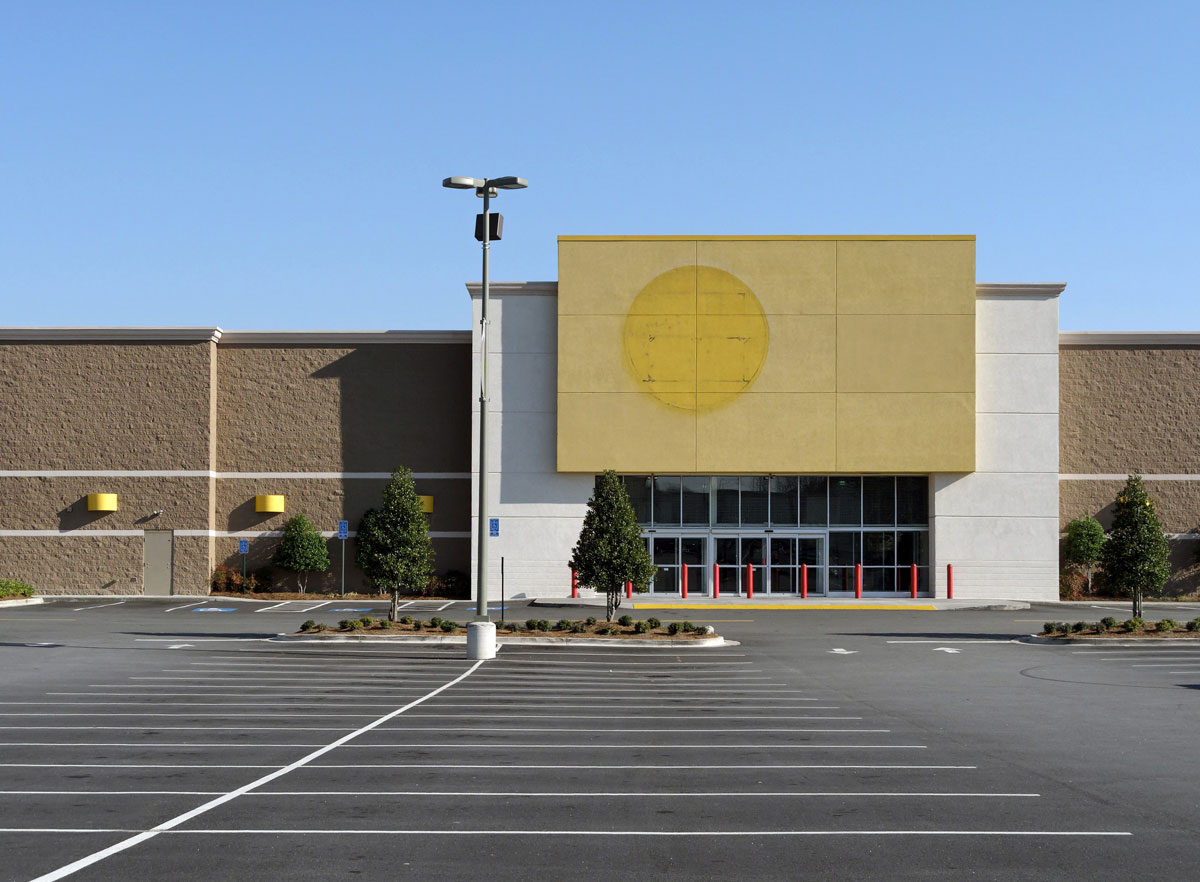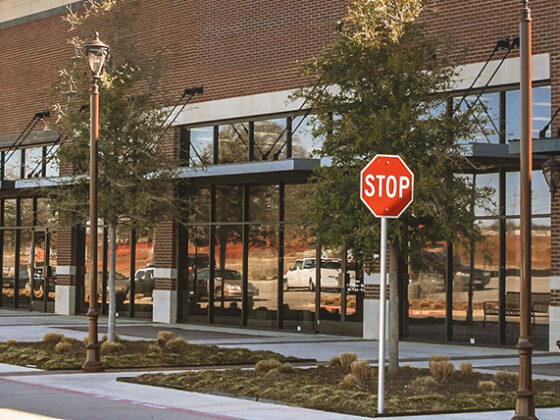After allegedly stealing more than $75,000 in items from popular retailers like Target, Nike, Best Buy, REI and Dick’s Sporting Goods, two men are facing prison time for their roles in the thefts that stretched from June 2023 to January of this year. The San Jose, California, incidents are among those garnering national attention as retailers continue to look for solutions to combat a problem that has long been an issue for businesses worldwide.
From employing undercover surveillance teams to sticking items behind locked cases and removing self-checkout kiosks, many businesses have begun taking matters into their own hands to crack down on retail theft.
While there’s little doubt that retail theft is detrimental for businesses, some experts question whether retail theft is truly as formidable as media reports claim. Is it truly the cause of lack luster revenue performance for certain retailers and, true or not, has the perception impacted how customers shop?

Organized Meets More Violent Retail Crime
A National Retail Federation survey found that retailers reported a 26.5% increase in organized retail crime incidents in 2021. Organized retail crime (ORC) groups often operate with a high degree of sophistication, often out of the public view.
They may:
- Use advanced techniques, tools, and strategies to carry out thefts, evade detection, and quickly move stolen merchandise.
- Focus on high-value merchandise like electronics, designer clothing, and more that can be easily resold on the black market.
- Leverage technology to aid in their criminal activities. This could involve the use of electronic counter-surveillance tools, communication devices, or techniques to disable security systems.
On the flip side, viral TikTok videos of smash and grabs are making consumers fearful, and retailers are being forced to take action – not just to protect their property and profits, but to ensure that their customers feel safe when coming into the stores.
Market researcher and journalist Pamela Danziger explained in an article in Forbes, “Retail crime is far from a victimless crime committed against a faceless corporation that can absorb the losses. Real people are the victims. And increasingly, retail criminals are using terrorist tactics of aggression, intimidation, even violence to put anyone off who might interfere with their crime.”
Target CEO Brian Cornell revealed to Investor’s Business Daily that the company saw a 120% increase in theft incidents involving violence or threats of violence during the first five months of 2023 and that inventory shrink would reduce profits by more than $500 million compared to 2022.

Is Retail Theft Really the Reason Stores Are Closing?
Recently, the National Retail Federation was forced to walk back serious claims about retail theft losses. Originally, the organization claimed that “half of the industry’s $94.5 billion in missing merchandise in 2021 was the result of organized theft.” However, retail experts estimate that number is closer to 5%—an extraordinary discrepancy. Perhaps even more noticeable to consumers are the store closures of popular retail chains like Target after theft and organized retail crime in cities like Seattle, Portland, San Francisco and New York City.
Though employee and customer safety should not be overlooked, The Robin Report says blaming retail closures on organized retail crime may be exaggerated, and some of those closures may simply be attributed to mismanagement.
While shoplifting, employee theft, and organized retail crime may all play a role in undermining retail profitability, some of the culpability for retail closures may lie with inventory management issues and operational decisions as well.
In fact, retail analysts have pointed to inventory management as a significant challenge in the past few years amid excess merchandise and missing demand forecasts. They say better inventory management processes and upgraded systems can be a top strategy in loss prevention.

In Reality, Shrinkage Hasn’t Changed Much Year Over Year
According to the National Retail Federation, “… the average shrink rate in FY 2022 increased to 1.6%, up from 1.4% in FY 2021.” These numbers were “in line with shrink rates seen in 2020 and 2019,” according to the 2023 Retail Security Survey.
According to the same survey, external theft accounted for 36% of losses, yet 27% was attributed to process, control failures, and errors, leading Just Style to ponder whether “organized retail theft has become a convenient cover for internal flaws such as bloated inventories, heavy discounting, and employee theft.”
In a conversation with PBS, Neil Saunders, retail analyst at Global Data questioned the reality of the claims that retail theft is out of control.
“I think one of the reasons retailers mention theft so much is that it provides a narrative for things that are happening elsewhere in the financials,” he said. “So we have had a lot of retailers this year, for example, saying, well, our profitability is slightly down, our margins are slightly down. One of the reasons for that is because rates of theft have increased.”
Retail Theft: Impact on In-Store Experience for Customers
While some theft prevention measures can be successful, it’s important for businesses to understand that they may also influence the customer journey. Retail theft can have a significant impact on customer experience, affecting both the immediate shopping environment and the long-term relationship between retailers and their customers.
Balancing security with a positive shopping environment is crucial for retailers seeking to retain and attract customers. Here are several ways in which retail theft and the prevention strategies can influence customer experience:
Increased Prices
To compensate for losses incurred due to theft, retailers may raise prices on their products. This can result in higher costs for law-abiding customers, impacting their budget and diminishing the perceived value of shopping at a particular store.
Intrusive Security Measures
Visible security measures, such as surveillance cameras, security personnel, and anti-theft devices, can create an atmosphere of suspicion and discomfort for customers. Excessive security measures may make customers feel as if they are being treated as potential criminals.
Stockouts and Reduced Variety
Retail theft can lead to stockouts and reduced product variety. When items are frequently stolen, retailers may choose to limit their availability or discontinue them altogether. This limits choices for customers and may lead to frustration.
Increased Security Checks
Some retailers implement more stringent security checks at the checkout to prevent theft. This may involve additional bag checks or scrutiny of purchased items, leading to longer wait times for customers and potentially causing inconvenience.
Unpleasant Shopping Environment
Retailers may rearrange store layouts or use locked cases for high-value items, making the shopping experience less convenient. Disorganized displays and locked cases can contribute to a less pleasant and efficient shopping environment.
Stricter Return Policies
To combat fraudulent activities associated with retail theft, retailers may implement stricter return policies. This can inconvenience legitimate customers who may face more hurdles when returning products.
Damage to Brand Image
High levels of retail theft can tarnish a retailer’s reputation. A perception that a store is a frequent target for theft may lead customers to question the overall safety and security of the shopping environment.
Loss of Trust in Staff
If retail theft is a recurring issue, customers may start to lose trust in the store’s ability to provide a secure shopping experience. This lack of confidence can extend to store staff, leading customers to question the effectiveness of employees in preventing theft.
Diversion of Resources
Retailers may divert resources away from customer service initiatives to invest in theft prevention measures. This reallocation can impact the quality of service and attention that customers receive while shopping.

How Retail Theft Will Influence Retail Location Strategy
Retailers strategically choose locations for their stores based on various factors. Will retailers choose to avoid high-theft areas, or are they implementing innovative strategies to mitigate the risk associated with certain locations?
Already, we are seeing retailers close inner city stores where crime is higher and retail theft is more common. It is likely that new retail openings will factor crime statistics into their location strategy decisions. According to Investor’s Daily Business, the following retailers have already taken action:
- Whole Foods closed its flagship store in downtown San Francisco in April after opening in March 2022.
- Walmart closed four Chicago stores in April, citing annual losses in the “tens of millions of dollars” (but did not explicitly mention theft).
- REI announced plans in April to close one of its best-performing stores in downtown Portland, citing shoplifting and higher crime. The outdoor retailer spent more than $800,000 on extra security in 2022.
Where Do We Go from Here?
Local and federal agencies are also coming to the assistance of retailers by providing new laws, better enforcement, and other support. The U.S. Congress introduced a bipartisan bill, Combating Organized Retail Crime Act of 2023, that expands federal enforcement of criminal offenses related to organized retail crime.
The bill is one of several collaborations needed to curb retail theft and address the threat of organized retail crime. Retailers will not only need to balance the prevention measures they take to avoid alienating shoppers but also work closely with authorities and each other to turn the tide.
Ultimately, the fight against organized retail crime requires a multifaceted approach that encompasses legislative support, collaboration among retailers and law enforcement agencies, and strategic deployment of security measures. By working together and remaining vigilant, retailers can better protect their assets and uphold the integrity of the retail industry.




